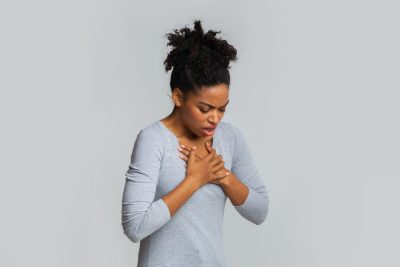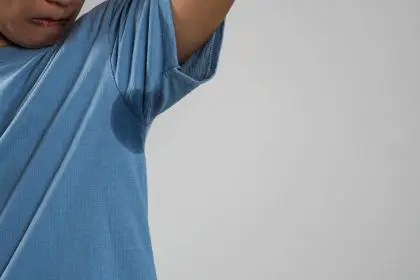In a world where anxiety has become an all-too-common issue, simple yet powerful breathing techniques are emerging as accessible tools for emotional regulation. These techniques combine ancient practices with modern scientific understanding, offering natural approaches to managing stress and anxiety. Research continues to validate their effectiveness in promoting mental well-being.
Breathing patterns and emotional states are closely connected. When anxiety strikes, our breathing tends to become shallow and rapid, triggering the body’s stress response. Conscious breathing, however, interrupts this cycle, activating the parasympathetic nervous system responsible for relaxation and recovery. Controlled breathing exercises can significantly reduce anxiety symptoms, lower blood pressure, and improve overall mental well-being. This works by regulating heart rate variability and increasing oxygen flow to the brain.
Military-tested breathing technique
Box breathing, developed and utilized by U.S. military personnel, stands out for its systematic approach to stress management. This technique follows a precise four-part pattern:
- Inhale slowly through the nose for four counts
- Hold the breath for four counts
- Exhale steadily for four counts
- Hold the empty lungs for four counts
This method is particularly effective during high-stress situations, offering a structured approach to maintaining composure under pressure. It’s been proven to help reduce anxiety and can be an invaluable tool in stressful environments.
The power of the double inhale
Cyclic sighing represents a breakthrough in breathing research. This technique involves a unique pattern of double inhalation followed by prolonged exhalation:
- Take a short breath, filling the lungs partially
- Follow immediately with a second breath to maximum capacity
- Release all air in a long, controlled exhale
Studies show this pattern is particularly effective in reducing anxiety and improving mood within minutes of practice. The deep breath followed by a prolonged exhalation helps calm the nervous system, providing immediate relief for heightened stress levels.
Foundations of diaphragmatic breathing
Deep breathing engages the diaphragm, our primary breathing muscle, which is often underutilized during stress. This technique emphasizes belly expansion during inhalation and natural contraction during exhalation. Regular practice strengthens the diaphragm, improving oxygen efficiency. Practitioners should start with brief sessions, gradually increasing duration as comfort grows. This foundational technique underlies many other breathing practices and offers immediate calming benefits.
Ancient wisdom meets modern practice
Alternate nostril breathing, derived from yogic traditions, demonstrates remarkable effects on the nervous system. This technique involves:
- Closing the right nostril to inhale through the left
- Closing the left nostril to exhale through the right
- Alternating this pattern with steady, controlled breaths
Research indicates that this practice can enhance attention span and reduce stress markers in the body. The controlled rhythm helps balance the nervous system, making it an excellent choice for those seeking stress relief or improved focus.
Therapeutic breathing innovations
Modern therapeutic breathing techniques continue to evolve. Pursed lip breathing and resonance breathing focus on controlled exhalation and rhythm, respectively, offering benefits for both physical and emotional regulation. Another unique practice, Lion’s breath, combines breath control with facial muscle engagement. This technique is particularly beneficial for tension release and emotional expression. These innovative approaches provide additional options for those looking to deepen their breathing practice and manage stress more effectively.
Building a sustainable practice
While individual techniques have proven powerful, developing a consistent breathing practice yields the most significant benefits. Here are some tips for building a sustainable routine:
- Start with short, regular sessions: Even five minutes a day can make a difference.
- Choose techniques that feel natural and comfortable: Find the methods that resonate most with your body and mind.
- Practice during calm periods to build muscle memory: The more you practice in a low-stress environment, the easier it will be to implement the techniques during stressful moments.
- Gradually incorporate techniques during stressful moments: As you become more comfortable with the techniques, try using them in more challenging situations to help manage anxiety on the spot.
Safety and professional guidance
Breathing exercises offer a safe and natural way to manage anxiety, but they are most effective when part of a holistic approach to mental health. If you experience persistent anxiety, consulting a healthcare provider is crucial. Breathing techniques can complement other treatments and strategies to offer a comprehensive solution for mental well-being.
By integrating these simple yet effective breathing practices into daily life, many individuals can experience lasting improvements in managing anxiety and stress. Whether through military-inspired box breathing or ancient alternate nostril breathing, these techniques provide a toolbox for emotional regulation and mental resilience.
















